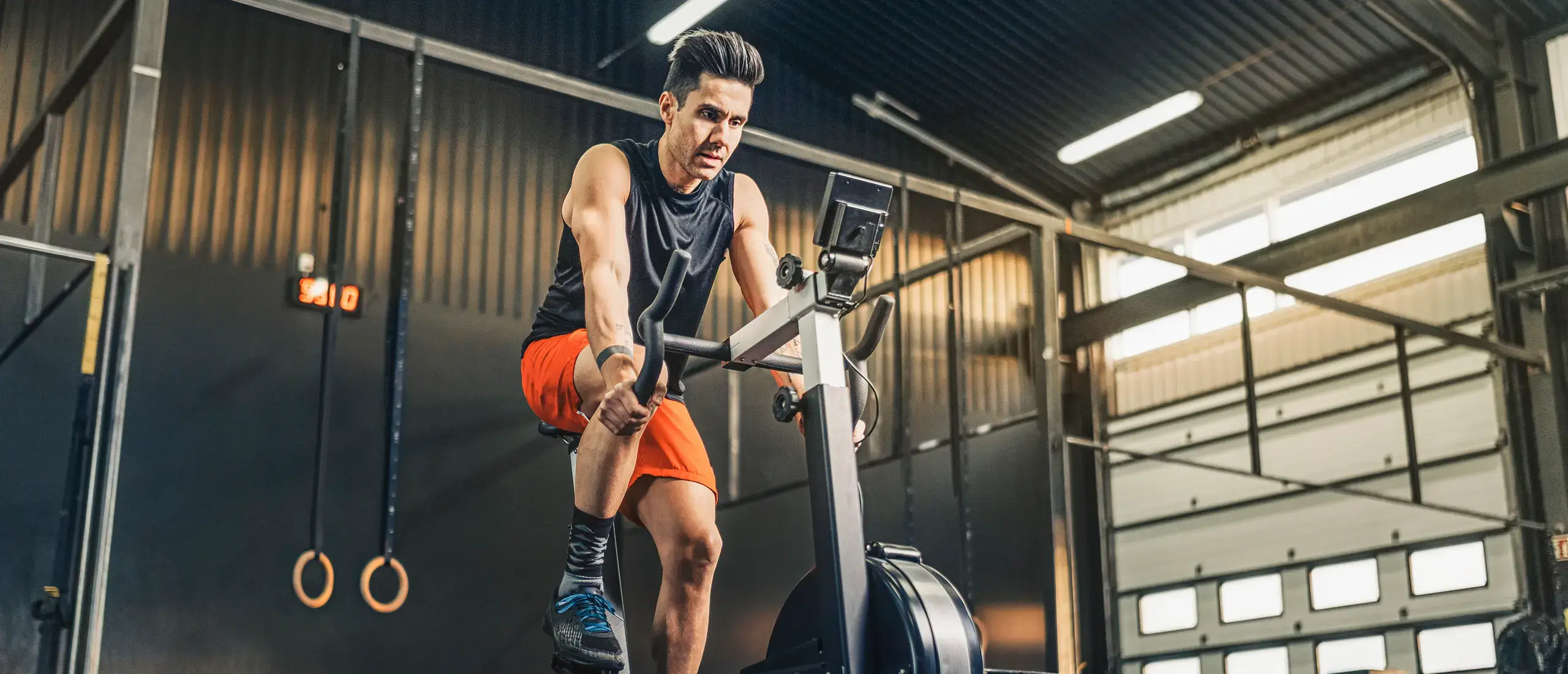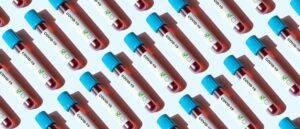
This Type of Workout Can Increase Your Risk of Catching Infectious Disease
HIIT and circuit training might be your go-to workouts for improving your performance and burning calories fast, but a new study suggests that high-intensity activity can increase your risk of picking up an infectious disease like COVID-19.
Researchers at the University of Munich found that aerosol emissions rise exponentially with high levels of physical activity, compared to moderate- to low-intensity exercise (1). Big news for those of us who enjoy hopping in a spin class or hitting a CrossFit WOD from time to time.
According to the findings, “special protective measures are needed in case of high-risk infections with serious consequences,” explained study leader Professor Henning Wackerage.
Exercise Intensity and Infection Risk
We already know the harder your body works, the more oxygen your body needs.
One study found that untrained individuals’ respiratory volumes rise from 5-15 liters per minute at rest to over 100 liters per minute during exercise (2). And another study found that well-trained athletes’ respiratory volumes can reach upwards of 200 liters per minute (3).
Other studies have confirmed indoor group exercise in small, poorly ventilated rooms promotes SARS-CoV-2 infections (4, 5).
But until now, there wasn’t clarity on how exercise intensity affects the emission and concentration of aerosol particles—including airborne infectious diseases like COVID-19—in exhaled air. This study sought to close this gap.
What Did the Study Find?
The study observed 16 healthy men and women aged 18 to 40 years old. Participants completed an ergometer exercise stress test, inhaling purified air through a special mask covering the face and nose.
Throughout the test, exercise intensity was gradually increased to the point of physical exhaustion. Meanwhile, researchers were able to investigate how many aerosol particles individuals exhaled as the intensity ramped up.
The result: aerosol emissions increased moderately up to an average workload of 2 watts per kilogram of body weight. This means someone who weighs 165 pounds would reach that threshold at around 150 watts, a typical output for a jog, or light cycle. Beyond this threshold, aerosol emissions increased exponentially—by a whopping average of 132-fold during maximal exercise compared to rest.
The findings also found the aerosol emissions of well-trained athletes were significantly higher than untrained individuals due to their higher respiratory volume. No overall difference between genders was found.
How to Adjust Your High-Intensity Workout
While researchers point out aerosol experiments provide only indirect knowledge on the viruses present in exhaled air, they suggest useful starting points for managing your risk of getting sick.
The findings suggest you can reduce your risk of infection by keeping sessions short, and moderate- to low-intensity. But, if you aren’t ready to kiss high-intensity training goodbye, consider taking some precautionary measures next time a wave of high infection rates hits.
“Ideally [high-intensity exercise] would be moved outdoors,” says Professor Wackerage. If working out inside, “testing should be done to ensure no infected individuals are in the room,” he says.
He also recommends gym goers maintain a proper distance, and consider choosing a gym and studio rooms with high-efficiency ventilation systems when running or doing high-intensity cardio indoors.
References
1. Mutsch, C. et al (2022). Aerosol Particle Emission Increases Exponentially Above Moderate Exercise Intensity Resulting in Super-Emission During Maximal Exercise. https://www.pnas.org/doi/full/10.1073/pnas.2202521119
2. Low, H. et al (2014). Cardio-Respiratory Reference Data in 4631 Healthy Men and Women 20-90 Years: the HUNT Fitness Study. https://www.ncbi.nlm.nih.gov/pubmed/25426954
3. Clark, J. et al (1983). Breathing Patterns During Submaximal and Maximal Exercise in ELite Oarsmen. https://pubmed.ncbi.nlm.nih.gov/6618937/
4. Jang, S. et al (2020). Cluster of Coronavirus Disease Associated with Fitness Dance Classes, South Korea. https://pubmed.ncbi.nlm.nih.gov/32412896/
5. Chang, S. et al (2021). Mobility Network Models of COVID-19 Explain Inequities and Inform Reopening. https://pubmed.ncbi.nlm.nih.gov/33171481/











